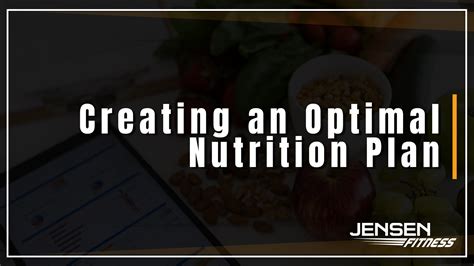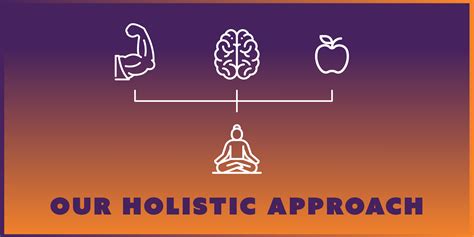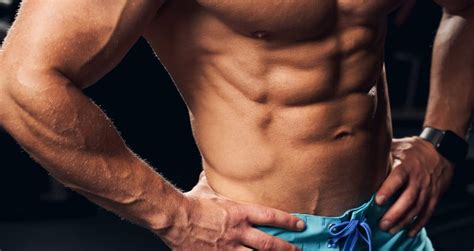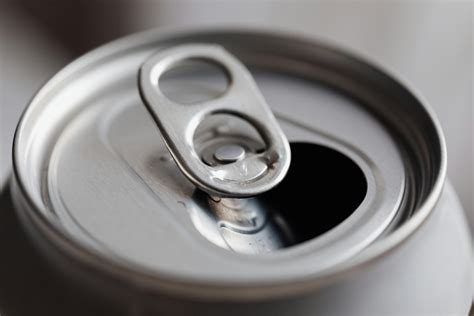The Elusive Goal: Fat Loss & Lean Muscle Gain
For many men, the ultimate physique goal is to shed stubborn body fat while simultaneously building a lean, muscular frame. This process, often referred to as body recomposition, is challenging but entirely achievable with the right approach to diet and exercise. It requires a precise balance, strategic planning, and unwavering consistency. This guide will outline the optimal principles for both nutrition and training to help you achieve these transformative results.

The Optimal Diet Plan: Fueling for Recomposition
Nutrition is the cornerstone of any successful body transformation. To cut fat and build muscle, you need to create a slight caloric deficit while prioritizing specific macronutrients.
1. Caloric Intake: The Sweet Spot
To lose fat, you must consume fewer calories than you burn. However, to build muscle, you generally need adequate fuel. The key for body recomposition is a modest caloric deficit, typically 250-500 calories below your maintenance level. This allows for fat loss without severely impeding muscle protein synthesis. Calculate your Basal Metabolic Rate (BMR) and adjust for activity levels to find your maintenance, then subtract accordingly.
2. Protein is King
- High Intake: Aim for 1.6-2.2 grams of protein per kilogram of body weight (approx. 0.7-1 gram per pound). This high intake helps preserve muscle mass during a deficit, promotes satiety, and aids in muscle repair and growth.
- Sources: Prioritize lean protein sources like chicken breast, turkey, lean beef, fish, eggs, Greek yogurt, cottage cheese, and protein supplements.
3. Smart Carbohydrate Management
- Complex Carbs: Focus on whole grains, oats, brown rice, quinoa, sweet potatoes, and plenty of vegetables. These provide sustained energy and essential fiber.
- Timing: Consume the majority of your carbohydrates around your workouts (pre and post-workout) to fuel performance and replenish glycogen stores.
- Potential for Cycling: Some men benefit from carb cycling, where carbohydrate intake varies daily (high carb on training days, lower carb on rest days) to optimize fat loss and muscle retention.
4. Essential Fats for Hormonal Health
Healthy fats are crucial for hormone production, nutrient absorption, and overall health. Aim for 20-30% of your total daily calories from healthy fats. Include sources like avocados, nuts, seeds, olive oil, and fatty fish (salmon, mackerel).
5. Hydration and Micronutrients
Drink plenty of water throughout the day (at least 3-4 liters) to support metabolic functions, nutrient transport, and performance. Ensure your diet is rich in fruits and vegetables to provide essential vitamins, minerals, and antioxidants.

The Optimal Workout Plan: Building Strength & Shredding Fat
Your training program must be designed to stimulate muscle growth while expending enough energy to contribute to your caloric deficit.
1. Prioritize Strength Training (3-5 Days/Week)
- Compound Lifts: Focus on multi-joint exercises that work several muscle groups simultaneously. These are highly effective for building strength and muscle mass. Examples include squats, deadlifts, bench presses, overhead presses, and rows.
- Progressive Overload: Continuously challenge your muscles by gradually increasing the weight, reps, sets, or decreasing rest times. This is fundamental for muscle growth.
- Rep Ranges: While strength is built across various ranges, aiming for 6-12 repetitions for 3-4 sets per exercise is generally effective for hypertrophy (muscle growth).
- Full Body vs. Split: A 3-day full-body routine or a 4-day upper/lower split can be highly effective for men. Ensure each muscle group is hit 2-3 times per week.
2. Strategic Cardio (2-3 Days/Week)
- High-Intensity Interval Training (HIIT): Short bursts of intense exercise followed by brief recovery periods (e.g., sprints, cycling intervals). HIIT is excellent for burning calories efficiently and improving cardiovascular fitness without significantly impacting muscle gain.
- Low-Intensity Steady State (LISS): Longer durations of moderate-intensity cardio (e.g., brisk walking, light jogging). LISS is beneficial for active recovery and further increasing your caloric deficit without excessive fatigue.
- Avoid Overdoing It: Too much cardio can interfere with muscle recovery and growth, especially in a caloric deficit. Integrate it strategically, perhaps on separate days from your heaviest lifting or post-weight training.

The Synergy: Combining Diet and Workout for Success
The true magic happens when your diet and workout plans work in harmony. You’re fueling your body with the right nutrients to support muscle repair and growth, while simultaneously creating the energy deficit needed for fat loss through calculated eating and intense training.
Rest and Recovery
Muscle growth occurs outside the gym. Aim for 7-9 hours of quality sleep per night. Sleep is crucial for hormone regulation (growth hormone, testosterone, cortisol) and muscle recovery. Incorporate active recovery days and prioritize rest to avoid overtraining and burnout.
Consistency and Patience
Body recomposition is a marathon, not a sprint. Consistency in both your diet and training is paramount. Results won’t appear overnight, but with dedication, you will see progress over weeks and months.

Tracking Progress & Adjustments
Regularly track your progress. This includes:
- Weight: Weigh yourself 2-3 times a week, taking an average.
- Measurements: Track waist, chest, arms, and thigh circumference.
- Progress Photos: Take photos every 2-4 weeks to visually monitor changes.
- Performance: Log your lifts – striving for more reps or weight is a clear indicator of muscle gain.
Be prepared to make adjustments. If fat loss stalls, slightly reduce calories or increase cardio. If strength gains plateau, reassess your recovery, sleep, and overall training volume. Listening to your body is key.

Conclusion
The optimal diet and workout plan for men to cut fat and build lean muscle revolves around a disciplined approach to a slight caloric deficit, high protein intake, intelligent carbohydrate and fat consumption, and a strength-training centric workout routine complemented by strategic cardio. Add ample rest, hydration, and unwavering consistency, and you’ll be well on your way to achieving the lean, muscular physique you desire.




